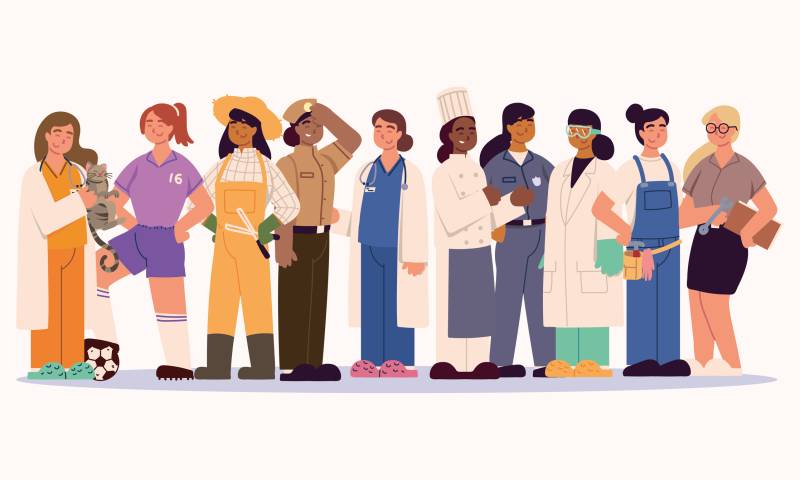At the beginning of each year, researcher and adjunct professor Keith Benson used to pose a question to his high school students in Camden, New Jersey: “Why are you here?” They usually answered with a predictable chorus: to get an education and get a good job. However, the pathway from education to career may not be so straightforward. According to Benson’s research, which analyzes historical trends, policies and reforms in education, high schools do not adequately prepare students for the realities of tomorrow’s workplaces. Schools emphasize to students that if you get a diploma or degree, “there will be occupational opportunities awaiting you on the other side,” said Benson, who taught high school social studies for 13 years in Camden City School District before becoming an adjunct professor at Rutgers University-Camden. Benson added that it’s common for recent college graduates to end up working in positions that do not require a degree. According to the New York Federal Reserve, 40% of recent graduates were employed in roles that do not typically require a college degree in 2023.
At the Teaching Black History Conference hosted by the University at Buffalo last summer, Benson brought attention to shortcomings in the current approach to college and career preparation, notably its failure to adequately prepare Black and Latino students for an often unpredictable job market. He said that being real with students about workplace discrimination and economic trends can better prepare young people for their futures after high school.
Discuss workplace discrimination
If schools aim to prepare students for today’s workplace, they need to discuss racism and discrimination in hiring practices, according to Benson, who pointed out that there has been almost no change in job discrimination since 1968. Black and Latino students are likely to face challenges in the job market that limit their access to social networks, opportunities and promotions. “Job discrimination, racial bias — it exists throughout the hiring process, even down to details like your name and address, irrespective of your educational achievements,” Benson said. One study by Harvard Business School found that Black and Asian students who “whitened” their resumes by taking out references to their race were twice as likely to get interview callbacks.
While workplaces need to be pushed to address discriminatory hiring practices, Benson said that high school teachers have a role to play as well. He implored educators to cover the reality of workplace discrimination in their classrooms or college and career centers by sharing recent research. “What we can’t do is ignore it and not be honest with students about what to expect and where the problems lie going forward,” Benson said.
Ana Homayoun, an early career development expert and author of Erasing the Finish Line: The New Blueprint for Success Beyond Grades and College Admission, said that educators can support students from marginalized identities by proactively providing resources and support. “Our role as sponsors is really important,” said Homayoun. “That’s a term that I use to describe this idea of creating opportunities for economic growth.” She added that sponsorship includes identifying students that might be facing barriers and leveraging one’s network to give them a leg up.
Prepare students to navigate an unpredictable job market
Even though educational attainment in the U.S. has risen significantly in the past decade, recent college graduates are more likely to be unemployed. The latest data from the Federal Reserve Bank of New York shows that recent graduates’ unemployment rate is 4.4%, which is higher than the overall joblessness rate and almost double the rate for all college graduates. According to Benson, one contributing factor is that hiring has been undercut by corporations seeking cheaper labor abroad. “The profit margins are far greater offshore due to a more deregulated economy, allowing for significantly lower labor costs. Environmental regulations, which impact profit, are also less stringent,” he explained. This trend isn’t confined to blue collar jobs. Technology companies, such as IBM, have moved skilled technology jobs overseas to access cheaper labor. Benson urged educators to include topics like offshoring, automation and artificial intelligence in their high school curriculum. For example, students should know that researchers estimate that 9% to 47% of jobs could be lost to automation in the future.


